I'm working on making a Squarespace page with custom CSS to be mobile responsive. In a mobile screen, my page has a drop down menu with the different links for the page. My problem is that in certain pages (such as Music or Watch) when you click on the menu button, the drop down menu hides behind the content of the page. I know this has to do with using position: absolute, but i have not found a way to have the placement of the menu button and drop down list as I want it by using position: relative. This is my CSS for the menu:
#mobileNav {
background: none;
position: absolute;
top: 20%;
left: 0;
right: 0;
}
#mobileNav .wrapper {
border-bottom-style: none;
border-bottom-color: none;
}
You can view the page at richiequake.com using the password Help123. Is there another way I can have the placement of the menu button and the drop down list and have the list "push" the content of the page down so the link list is visible?

